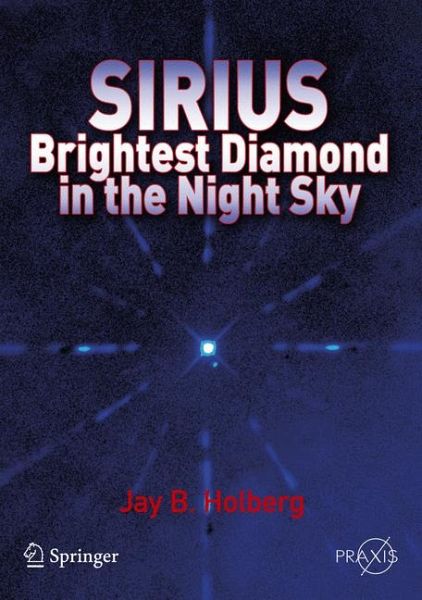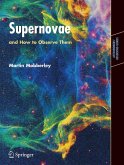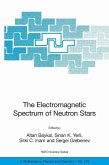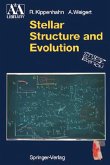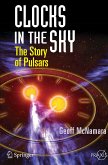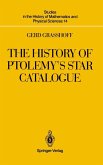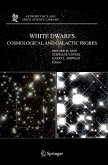Dieser Download kann aus rechtlichen Gründen nur mit Rechnungsadresse in A, B, BG, CY, CZ, D, DK, EW, E, FIN, F, GR, HR, H, IRL, I, LT, L, LR, M, NL, PL, P, R, S, SLO, SK ausgeliefert werden.
"This book is wonderful, being an authoritative and connected history of Sirius as seen throughout the ages. ... I am highly impressed by the original new research reported in this book. ... I could imagine that this book would be good for constructing an astro-history course around. ... But mainly, for people like us, it is a great story with a lot of new information." (HAD News, Vol. 70, May, 2007)
"To write a complete book about a single star may sound like a daunting task, but Jay Holberg, a senior research scientist at the lunar and planetary laboratory in Arizona, has done so with success. ... The book is meticulously researched ... . It's a fascinating read and will appeal equally to the newcomer to astronomy and to the serious student. This is recommended without the slightest hesitation." (Patrick Moore, BBC Sky at Night, July, 2007)
"Sirius, the brightest star in the night sky, has been of human interest at least since early Egyptian priests watched for its heliacal rising as a sign that the Nile would soon flood and fertilize the fields. ... Ample bibliography for further investigation. Summing Up: Recommended. General readers; lower-division undergraduates through faculty." (M. Dickinson, Choice, Vol. 45 (1), 2007)
"Jay Holberg has chosen Sirius as the subject of this charming and well-written book which covers both the lore and the physics of the brighter star in the sky. ... I thoroughly recommend this book as an instructive and entertaining read (Holberg is good at the apposite analogy), and as one that discusses the early 20th-century advances in astrophysics, which are often ignored in popular books, but underlie our modern understanding of stars." (William Tobin, Southern Stars, Vol. 46 (2), June, 2007)

